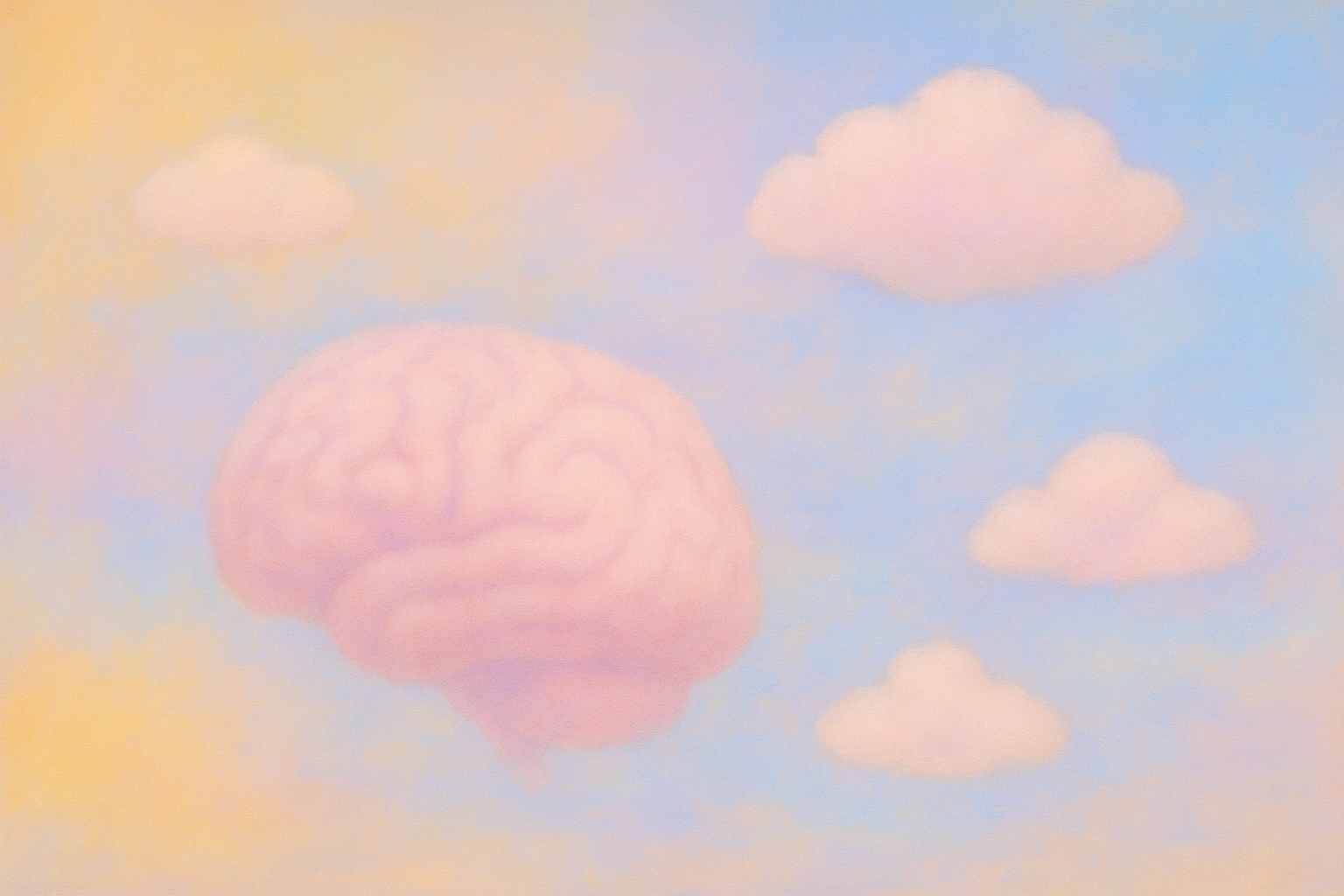What Does the Latest Mental Health Data Tell Us About Population Needs?
Each May, we’re reminded that mental health is more common, more complex, and more treatable than we think.

Each May, we bring mental health into the light, courageously peeling back the calm exteriors and exposing the truths tucked behind polite smiles. Mental Health Awareness Month, launched in 1949 by Mental Health America, is more than just a 76-year tradition.1 It’s a commitment to approach mental health with empathy and to reduce stigma by fostering honest conversations and thoughtful reflection.
1 in 4
...American adults live with a mental health condition. That's over 58 million people.2 That could mean anything from occasional anxiety to more serious conditions like bipolar disorder. It’s more common than we think, and way more normal to talk about than we’re often told.
1 in 20
...adults in the U.S. live with a serious mental condition like schizophrenia, bipolar disorder, or deep, persistent depression. That’s more than 14 million people.2 These illnesses can make day-to-day life pretty tough but with good care and community, many people manage their conditions and live fully and meaningfully.
Myth vs. Fact
Mental health looks different for everyone, but for millions of Americans, anxiety and depression are frequent companions. In 2021, about 21 million adults faced major depression,3 and nearly 1 in 5 lived with an anxiety disorder,4 from generalized worry to PTSD. Often, mental health and substance use challenges go hand in hand, with ~7.6% of adults managing both.
Mental health care isn’t one-size-fits-all—and that’s a good thing. While traditional talk therapy still plays a big role, newer approaches like cognitive-behavioral therapy (CBT), dialectical behavior therapy (DBT), and trauma-focused methods like EMDR are helping people in powerful, personalized ways. Medication is also part of the picture for many. Millions rely on antidepressants, anti-anxiety meds, or mood stabilizers to manage symptoms and feel more like themselves.6 Sure, there’s a public conversation around overprescribing - about 1 in 8 Americans takes an antidepressant - but for many, these medications are not just helpful, they’re life-changing.
Combined Care
These days, most experts agree: for moderate to severe mental health conditions, combining therapy with medication often brings the best outcomes.7 Healing, like people, is complex and it’s okay to need more than one kind of help.
Digital tools have really opened up new doors in mental health. From meditation apps and mood trackers to AI-powered therapy chatbots, there’s something for nearly everyone. Not all of them are created equal, but many have helped folks dip their toes into self-care when traditional therapy felt out of reach.
Thanks to teletherapy, even folks in the most remote corners can connect with a therapist miles away - no long drives, no awkward waiting rooms. And peer support? It’s finally getting the spotlight it deserves. People who’ve been through mental health struggles themselves are now trained to support others—whether in person, on hotlines, or through online forums. Their stories offer something no textbook can: real hope.
References
1. Mental Health Awareness Month 20252. CDC: About Mental Health
3. NIH National Instititute of Mental Health: Major Depression
4. NIH National Instititute of Mental Health: Understanding Anxiety Disorders
5. NIH National Instititute of Mental Health: Mental Health Information Statistics
6. Mental Health Treatment Among Adults: United States, 2020
7. The Advantages of Combining Therapies in Treating Psychiatric Patients
8. Assessment of Mental Health Services Available Through Smartphone Apps